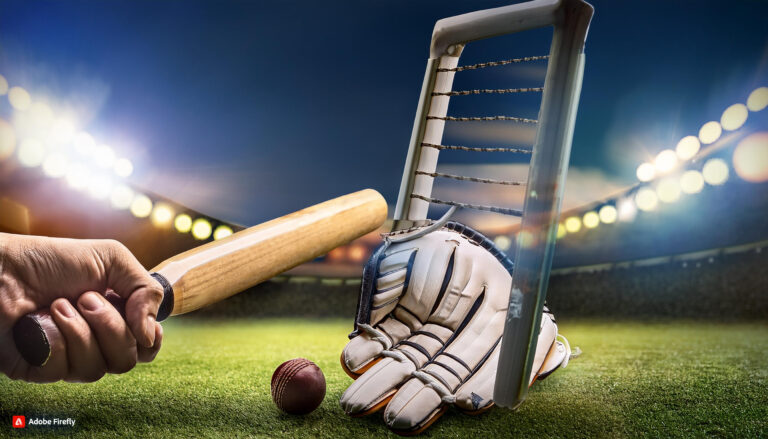Exploring Umpiring Standards Across Different Cricketing Boards
11xplay reddy login registration, laser book 247, skylive casino: Cricket is a sport that is loved and followed by millions of fans around the world. As with any sport, the role of umpires is crucial in ensuring fair play and upholding the integrity of the game. However, the standards of umpiring can vary across different cricketing boards, leading to debates and controversies among fans and players alike.
One of the key aspects of umpiring standards is the level of training and certification that umpires receive. In some cricketing boards, umpires are required to undergo rigorous training programs and pass exams to prove their knowledge and understanding of the rules of the game. These boards often have a structured system of promotion and demotion based on performance evaluations.
On the other hand, some cricketing boards may not have stringent requirements for umpires, leading to questions about their competence and impartiality. This can sometimes result in poor decision-making on the field, which can impact the outcome of a match and the overall reputation of the game.
Another factor that influences umpiring standards is the level of technology used in the decision-making process. Some cricketing boards have embraced the use of technology such as ball-tracking systems and ultra-edge to assist umpires in making more accurate decisions. This has helped reduce errors and controversies on the field.
However, not all cricketing boards have adopted these technologies, leading to inconsistencies in decision-making and frustration among players and fans. The lack of uniformity in the use of technology can create a sense of unfairness and undermine the credibility of umpires.
It is important for cricketing boards to strive for consistency and transparency in their umpiring standards to maintain the integrity of the game. This can be achieved through regular training programs, adherence to best practices, and the use of technology to assist umpires in their decision-making process.
In conclusion, exploring umpiring standards across different cricketing boards can shed light on the strengths and weaknesses of each system. By learning from each other and adopting best practices, cricketing boards can work towards improving the overall quality of umpiring in the sport.
Frequently Asked Questions (FAQs):
Q: How are umpires selected for international matches?
A: Umpires for international matches are selected based on their performance in domestic matches, as well as their experience and knowledge of the game.
Q: What is the role of the third umpire in cricket?
A: The third umpire is responsible for reviewing decisions made by the on-field umpires with the help of technology and providing a more accurate ruling.
Q: How do players and teams react to controversial umpiring decisions?
A: Players and teams may express their dissatisfaction with controversial umpiring decisions through official channels or in post-match interviews, but ultimately they must accept the final decision made by the umpires.







